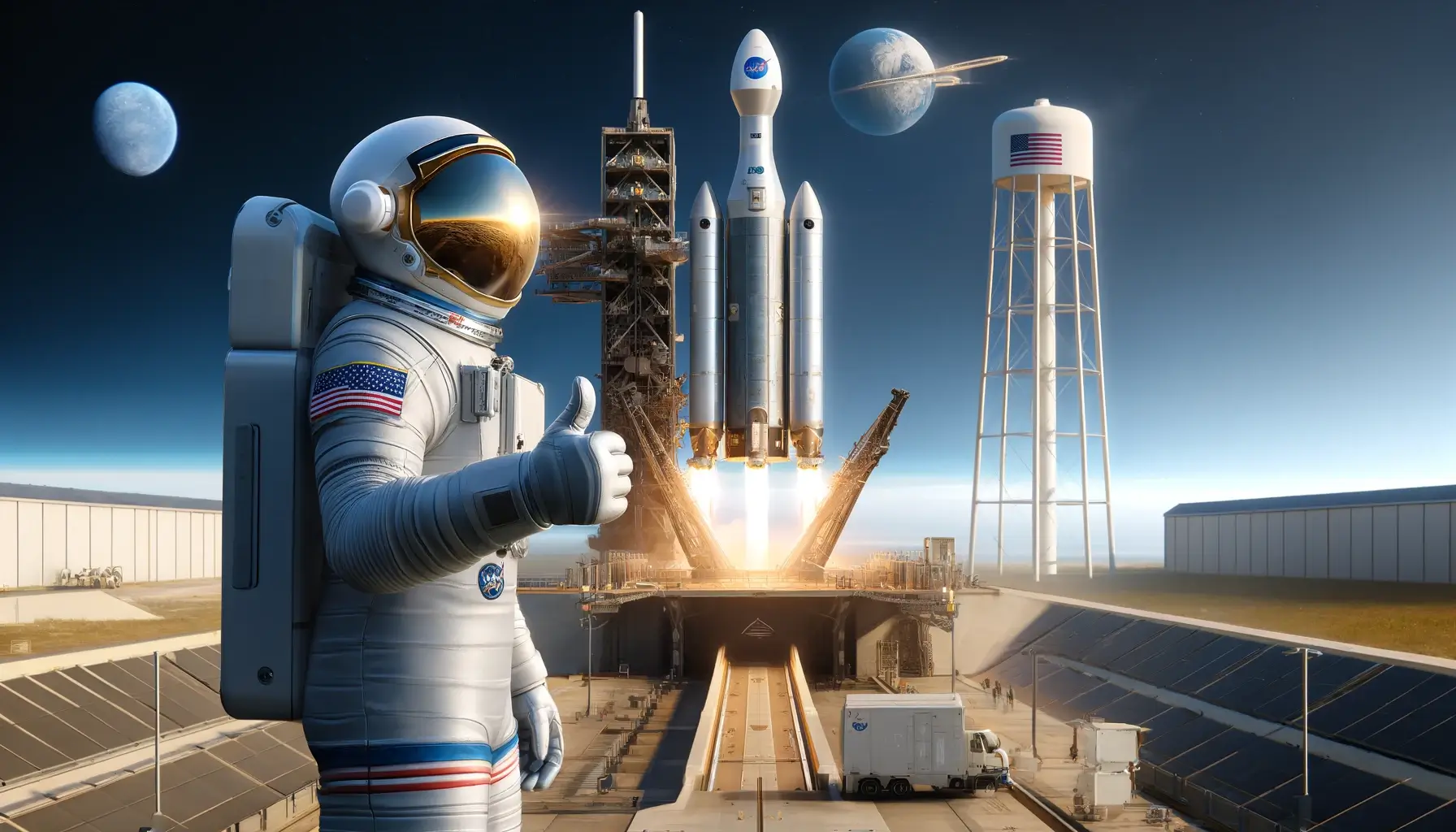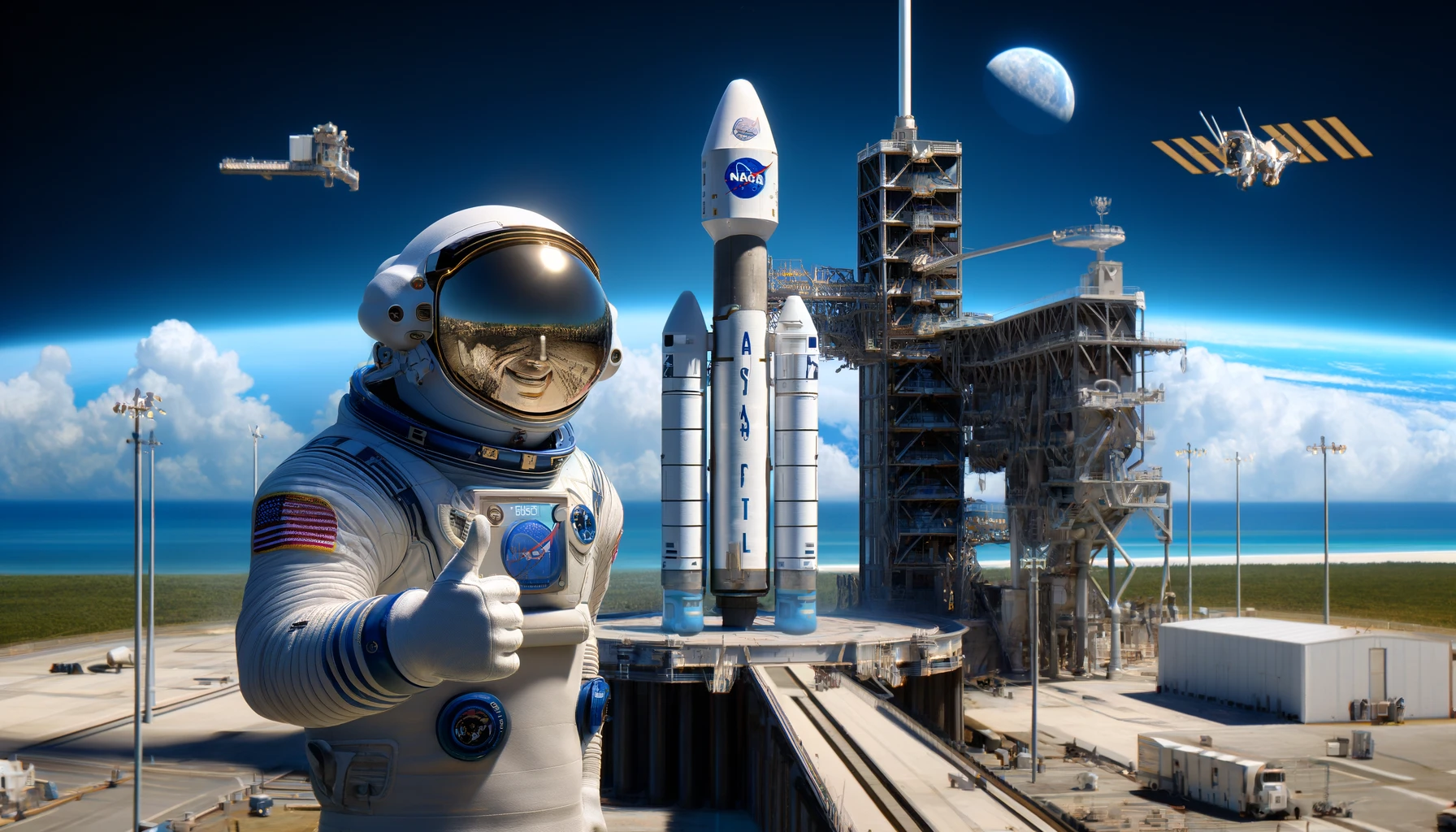"The cosmos is within us. We are made of star-stuff. We are a way for the universe to know itself." – Carl Sagan
The Starliner spacecraft by Boeing is scheduled to propel its first crewed mission to the International Space Station (ISS), a key milestone for NASA’s Commercial Crew Program. The mission which had a traditional number of delay issues and technical problems is set to begin on June 5 of the year 2024 from the Kennedy Space Centre in Florida.
Preliminary Activities and Readiness
This has been one of the most historical flights ever to be tested and accomplished with many challenges. Originally, the launch was scheduled for May 6, 2024, but it had to be rescheduled, firstly, because of the malfunctioning valve and, secondly, a helium leak in the service module. Some have involved refleasing other spacecraft, taking apart others and putting them back together again, and after all that, Boeing and NASA have announced that the craft is fit for an initial crewed flight.
Key Dates:
- Original launch date of the spacecraft: May 6, 2024
- The new mission date: June 5, 2024
- Launch time: 12. 25 p. m.
- EDT Launch site: Kennedy Space Center in Florida The purpose of the Crew Flight Test (CFT) will consist of nine days of testing where NASA astronauts Butch Wilmore and Sunita Williams will pilot the Starliner to the International Space Station (ISS). This mission will be to confirm how well this spacecraft works, how safe and reliable it is, in a real operational environment, which will be helpful for further missions that will be routine.
Mission Objectives:
- System Validation: Test all onboard systems in space conditions.
- Operational Certification: Obtain certification for regular crewed flights to the ISS.
- Data Collection: Gather crucial data on the spacecraft's performance and handling.
Technical Challenges and Solutions
Boeing has navigated numerous technical challenges to reach this point. The uncrewed test flight in December 2019 experienced software and communication glitches, preventing a planned rendezvous with the ISS. Subsequent tests uncovered issues with propulsion system valves and parachute harness connectors, necessitating further delays and additional investments of over $1 billion in corrective actions and testing.
Enhancements:
- Parachute Systems: Upgraded to ensure safe landings.
- Safety Systems: Dual abort systems to protect the crew in case of launch anomalies.
- Redundant Control Systems: Manual and automatic systems to manage any in-flight issues.
Astronaut Confidence and Readiness
Astronauts Butch Wilmore and Sunita Williams have expressed strong confidence in the Starliner. Wilmore, a veteran astronaut, emphasized the extensive testing and improvements made, ensuring the spacecraft's readiness. Williams, with her wealth of spaceflight experience, highlighted the thorough preparations and the team's readiness for this pioneering mission.
Future Prospects
Assuming a successful CFT, NASA plans to use the Starliner for regular crew rotations to the ISS, providing a critical redundancy alongside SpaceX’s Crew Dragon. This dual-capability approach aims to enhance mission flexibility and ensure continuous support for the ISS and other space endeavors.
Looking Ahead:
- Operational Missions: Expected to commence in 2025, alternating with SpaceX's Crew Dragon.
- Commercial Spaceflight: Potential expansion into private and commercial missions.
Conclusion
Despite some snags, Boeing’s Starliner is also ready for its first crewed mission soon. This mission symbolizes the fact that the story of human exploration has not faded and that NASA, in partnership with Boeing, is preparing for a new chapter in the exploration of space. This is a very strategic and largely anticipated launch, and as the world watches this important launch is going to be a watershed to new opportunities and achievements in this field of space exploration.


